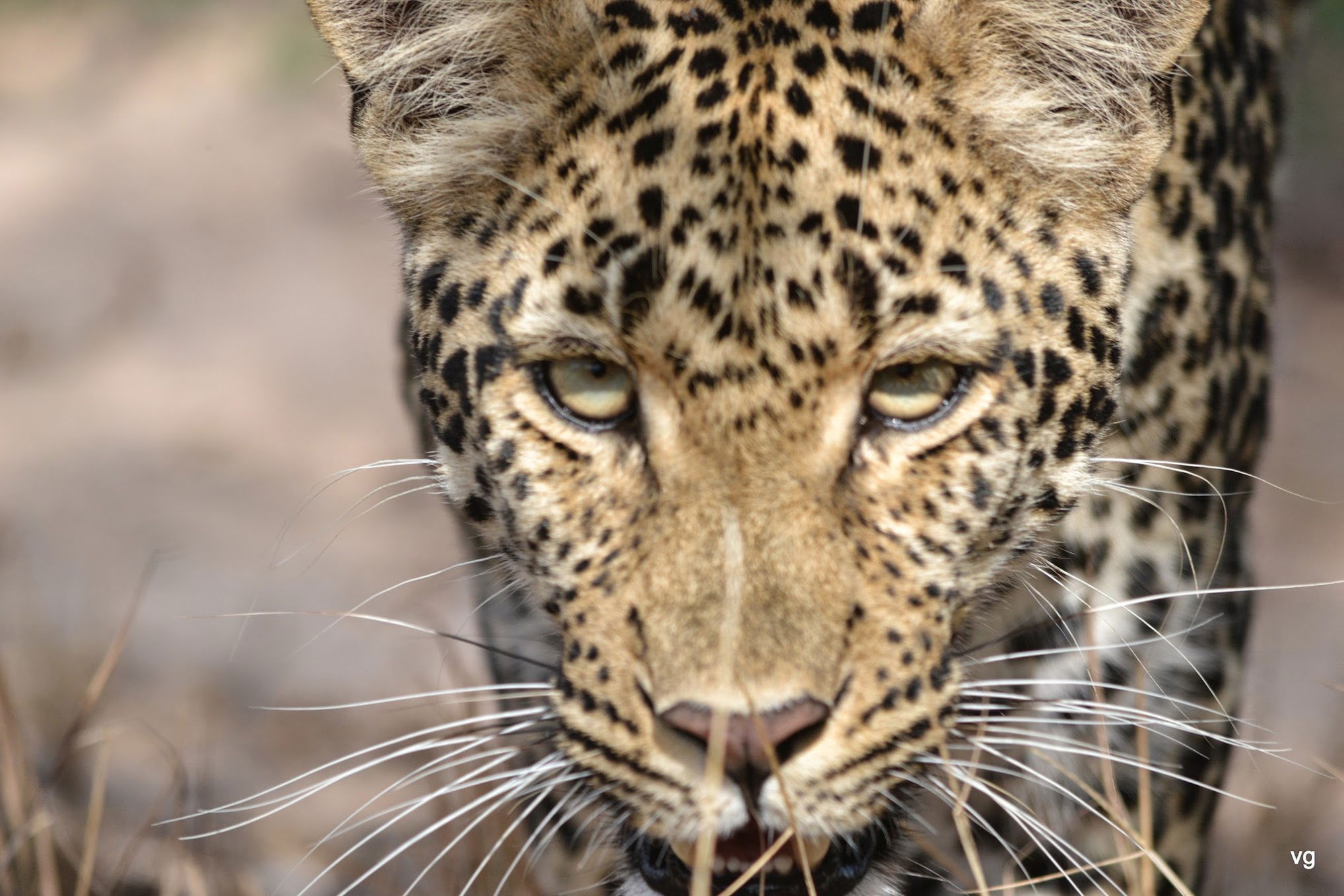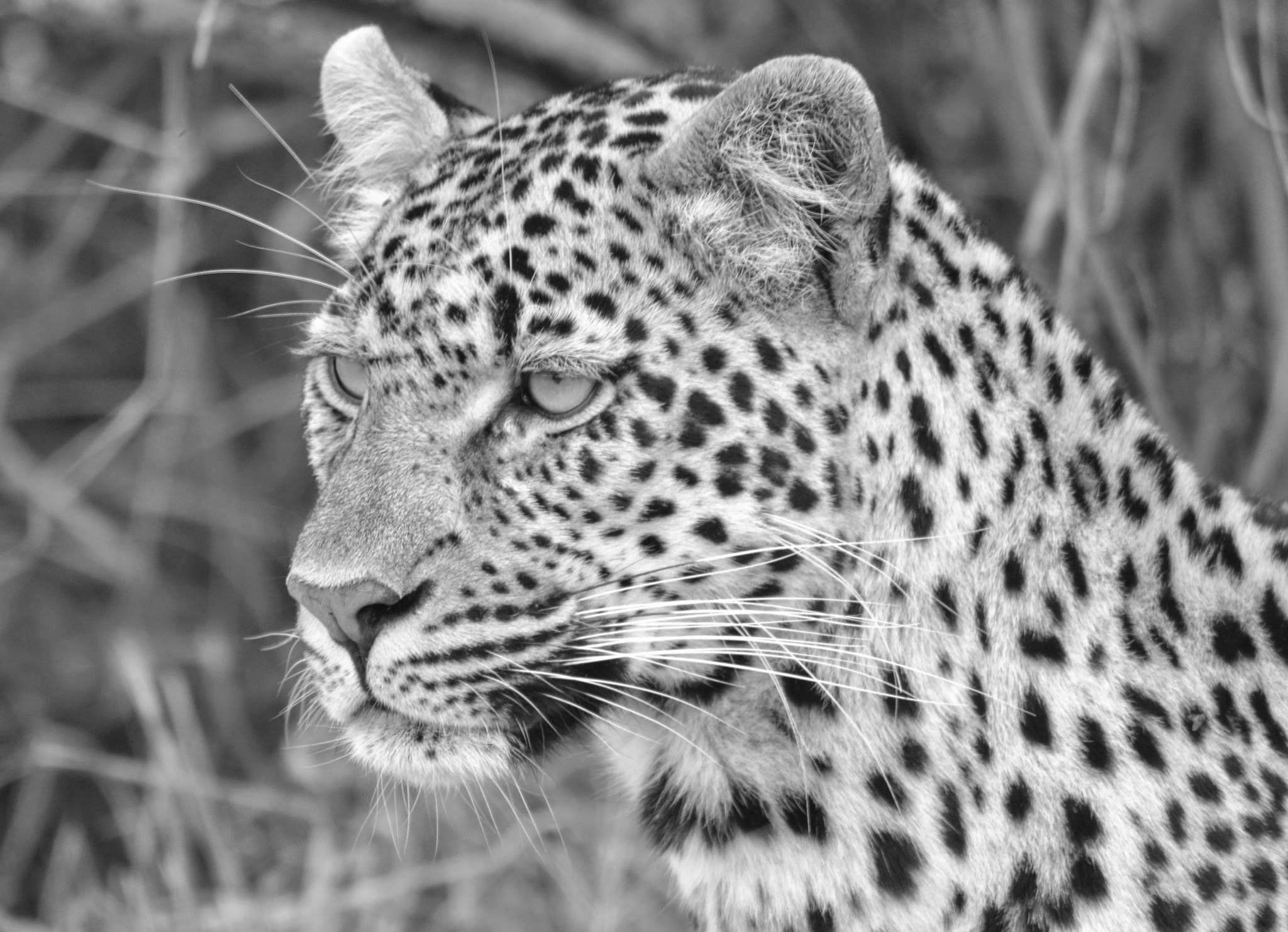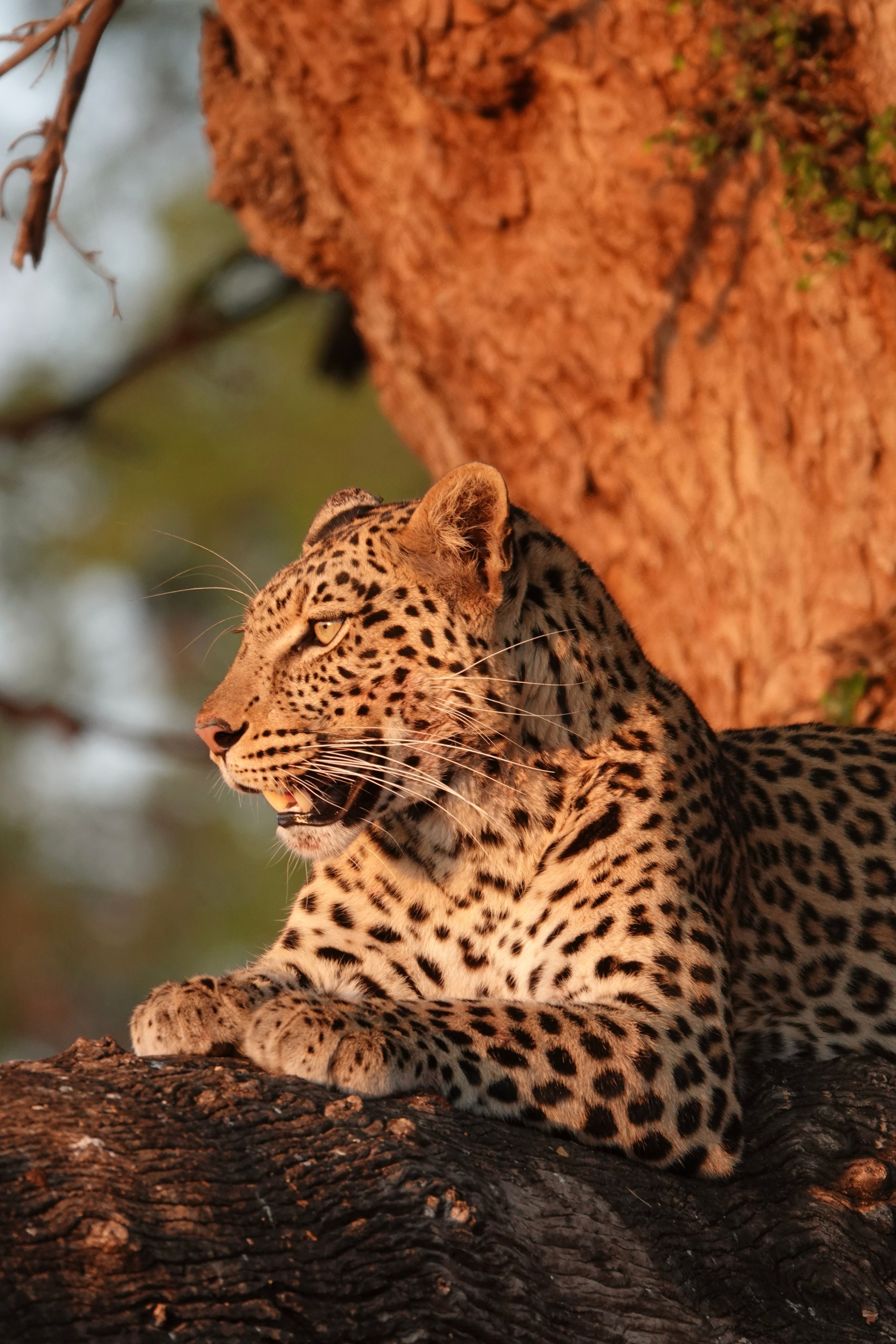Africa: The Mysterious Leopards— A Fascinating Dive into Their World and Love Secrets!
I’m not a scientist — just someone who’s spent a lifetime in the wild, listening, watching, and learning. My stories come from experience, not textbooks — told with dust still on my boots.

Africa: The Mysterious Leopards — A Fascinating Dive into Their World and Love SecretsBy Vivienne Gunning
There is something deeply hypnotic about locking eyes with a leopard in the wild. That silent stare, the effortless grace, the sense that they know more than they let on. After recent return from the first of many newly introduced, Bushtracks’ “Safari Legends” (www.bushtracks.com), leopards have been lingering in my thoughts. (The photographic opportunities were mind blowing!)
They are elusive, elegant, and deadly—with a language all their own. Far from the placid creatures we often imagine through a zoom lens, leopards are solitary strategists, moving through their world with stealth and purpose. Their rosette-spotted coats are not just beautiful—they are nature’s camouflage, allowing them to vanish into forests, grasslands, and rocky escarpments. Leopards are shapeshifters of the wild, adapting with ease to their surroundings. Powerfully built yet light on their feet, they thrive where others falter.

When it comes to food, they are opportunists. Leopards prefer a fresh kill but will not shy away from scavenging if needed. Their robust digestive system allows them to consume carrion, bones, and older meat—valuable in harsh times or when hunting fails. Despite their adaptability, leopards face mounting threats: habitat destruction, illegal wildlife trade, and conflict with humans.
They survive by staying invisible—but even that has limits.Solitude, Scent, and the Language of LoveLeopards are famously solitary. They mark their territory with scent, and while male and female ranges may occasionally overlap, each leopard fiercely guards its space. They do not need company—except during mating, or when a mother is raising her cubs. And then… it is time for “date night.” (Or day) When a female is ready to mate, she signals her availability through scent and vocal calls. Males pick up on this and begin to compete—following, calling, scent-marking, sometimes even fighting. Courtship is cautious but intense.Once accepted, the mating itself is rough and forceful. The male may grip the female by the neck with his teeth—an instinctive act of dominance and control. Mating may last for days, with repeated copulations. Then the male disappears, leaving the female to carry on alone. She will raise the cubs without help—tow to four on average, though litters can range from one to six. Cubs are vulnerable to lions, hyenas, and the ever-present threat of human interference.

The Greatest Threats? Us.
Humans are still the leopard’s biggest danger. Poaching, habitat loss, and retaliation over livestock predation are devastating their populations. Even the most secretive of creatures cannot always stay out of reach. Other predators—like lions and hyenas—pose natural threats, particularly to cubs. But it is the human footprint that leaves the deepest mark.Leopard vs. Cheetah: Know the DifferenceIt is easy to confuse these two sleek cats at first glance, but once you know what to look for, the contrast is striking.Leopard
- Build: Muscular, robust
- Weight: Males: 60–90 kg | Females: 30–60 kg
- Length (excl. tail): 1.2–1.9 m
- Coat: Rosette-shaped spots
- Strength: Stealth, power, and tree-climbing abilityCheetah
- Build: Slim, lightweight, built for speed
- Weight: Males: 45–60 kg | Females: 35–45 kg
- Length (excl. tail): 1.1–1.4 m
- Coat: Solid round spots; black "tear stripes" on face
- Strength: Speed—can reach 112 km/h (70 mph)Leopards rely on stealth and strength. Cheetahs are daytime hunters who depend on speed and open terrain. One vanishes into the bush; the other races across it. Leopards continue to fascinate me—not just as a photographer and guide, but as someone who has spent decades observing how the wild rewrites its own rules.There is something deeply humbling about seeing a leopard melt into the undergrowth, leaving no sound, no track—just a lingering sense that you have shared a quiet space with something sacred